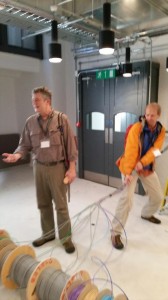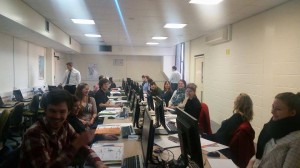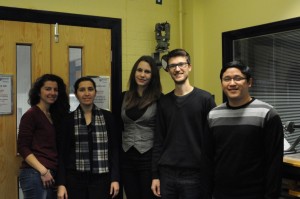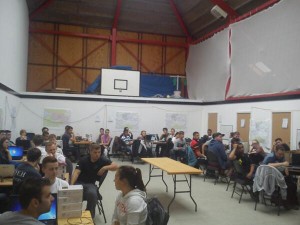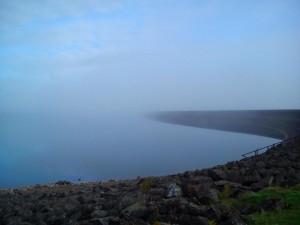Press release:
We are pleased to announce the establishment of Open Source Geospatial Research and Education Laboratory at the University of Newcastle, United Kingdom. The laboratory is one of the members of a worldwide network developed under the auspices of the ICA-OSGeo Memorandum of Understanding (MoU).
In 2011, the International Cartographic Association (ICA) signed a Memorandum of Understanding (MoU) with the Open Source Geospatial Foundation (OSGeo) with a view to develop global collaboration opportunities for academia, industry and government organisations in the field of open source GIS software and data. The MoU aims to provide expertise and support for the establishment of Open Source Geospatial Laboratories and Research Centres across the world to support the development of open source geospatial software technologies, training and expertise.
Newcastle University is one of the leading geospatial research group in the UK and have very strong research and teaching expertise and well developed CPD programs etc. The Open Source Geospatial Research and Education Laboratory is run by the Geospatial Engineering Research Group but draws heavily on interactions with other research groups and partners within the University, nationally and internationally. The Geospatial Engineering Group supports the development and training of Open Source Geospatial technologies by utilising these technologies to carry out fundamental research and to deliver geospatial solutions to engineering problems. They also provide training both as part of thier Undergraduate degree programmes in Surveying and Mapping Science, Geographic Information Science and Physical Geography as well as through short training courses.
Open Source Geospatial Research and Education Lab at Newcastle University is led by Dr Philip James. Key members of the lab are Dr Stuart Barr,Dr David Fairbairn,Dr Rachel Gaulton,David Alderson,Alistair Ford ,Dr Pauline Miller and Neil Harris.
The website of the new lab is at http://research.ncl.ac.uk/osgeolab/
Over the last 6 months, we have a rapidly expanding network of Open Geospatial Labs and we are now in the process of setting up Open Geospatial Lab Network node site within OSGeo website so that all participating labs urls can be added to this.
We are actively working in expanding this ICA-OSGeo initiative (http://www.osgeo.org/node/1230) globally in our aim to bring the benefits of geospatial technology to all.
We especially welcome applications from universities, educational institutes, government organisations in developing countries to develop capacity building in geospatial education by establishing Open Source Geo Labs. Details of how to apply for OSGeo Lab is at http://wiki.osgeo.org/wiki/Edu_current_initiatives
We wish you all the best for the Holiday Season and the New Year.
Best Wishes,
Dr Suchith Anand
Nottingham Geospatial Institute
Nottingham Geospatial Building
University of Nottingham NG7 2 TU
Tel: (0)115 82 32750


